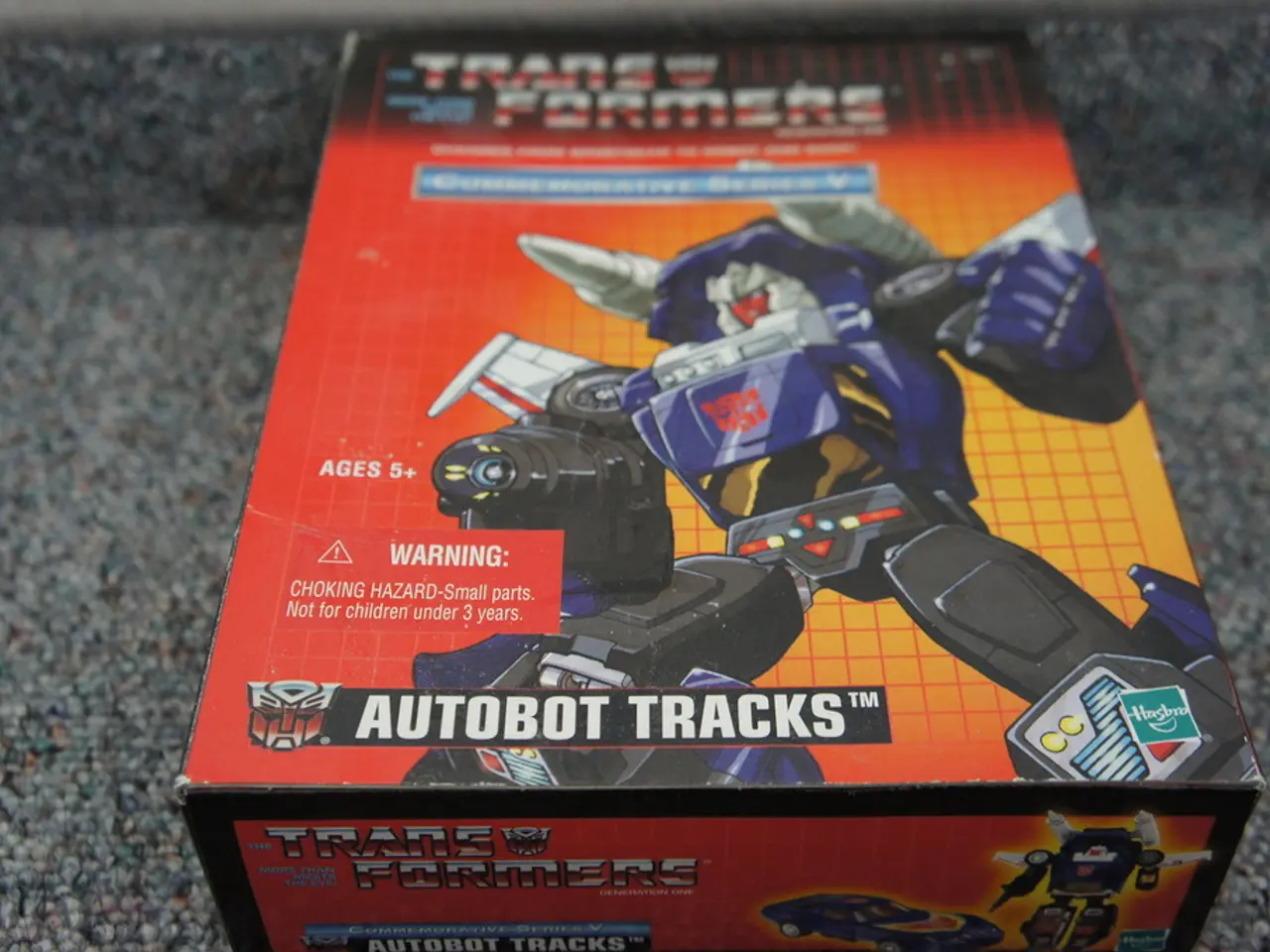Transforming Shop Floors in Manufacturing Through the Use of Low-Code AI Robotics Software
In a recent episode of the Automation World Gets Your Question Answered podcast, Kristi Martindale, the chief commercial officer at Palladyne AI, discussed the transformative impact of low-code software in the manufacturing industries.
Palladyne AI's low-code platform is designed to empower shop floor operators and engineers, enabling them to develop robotic automation workflows without the need for extensive coding expertise. This democratization of automation creation is made possible through user-friendly interfaces, such as a chatbot user interface, that allow users to give simple commands like "pick this" or "place here."
The platform offers two training approaches: low-code task training via straightforward command input and task-based or demonstration training, where an operator physically performs a task, and the robot learns to replicate it autonomously. This flexible learning curve means that shop floor users can learn to operate the software and demonstrate robotic automation workflows within hours.
The benefits of this low-code approach are numerous. It empowers citizen developers, allowing operators and engineers directly involved in the production process to create and own automation workflows. This reduces reliance on specialized software developers, leading to faster deployment of robotic automation workflows.
Moreover, the platform supports high-mix, variable manufacturing environments by enabling quick changes and new automation sequences without heavy IT involvement. This adaptability leads to improved productivity and efficiency, as automating repetitive or complex tasks reduces errors and frees operators for higher-value activities.
The cost-effectiveness of low-code software is another significant advantage. It reduces the total cost of ownership by avoiding expensive, time-consuming traditional software projects and development resource needs. Additionally, it enhances operational flexibility, enabling manufacturers to implement flexible automation that can easily adapt to changing production demands.
Lastly, maintaining development in-house fosters closer alignment between shop floor needs and automation solutions, improving governance and risk management.
In summary, Palladyne AI’s low-code robotics platform exemplifies how low-code software is making automation creation accessible for non-developers on the shop floor. This accessibility leads to the rapid building, training, and deployment of robotic workflows that are flexible, cost-effective, and aligned with operational goals.
For more detailed information, listeners can tune into the entire podcast discussion.
- The integration of low-code technology in the manufacturing industry, as demonstrated by Palladyne AI's platform, is revolutionizing the way artificial-intelligence-driven robotic automation workflows are created, with data-and-cloud-computing systems playing a crucial role in this transformation.
- Financial benefits abound in the implementation of low-code software for robotic automation, such as reduced total cost of ownership, resulting from avoiding traditional software developmentresource needs, and enhancing operational flexibility by enabling manufacturers to adapt quickly to changing production demands.
- In the realm of the industry, the democratization of automation creation via Palladyne AI's low-code platform is reshaping the landscape, empowering shop floor operators and engineers to work closely with technology, thereby fostering improved governance and risk management.




